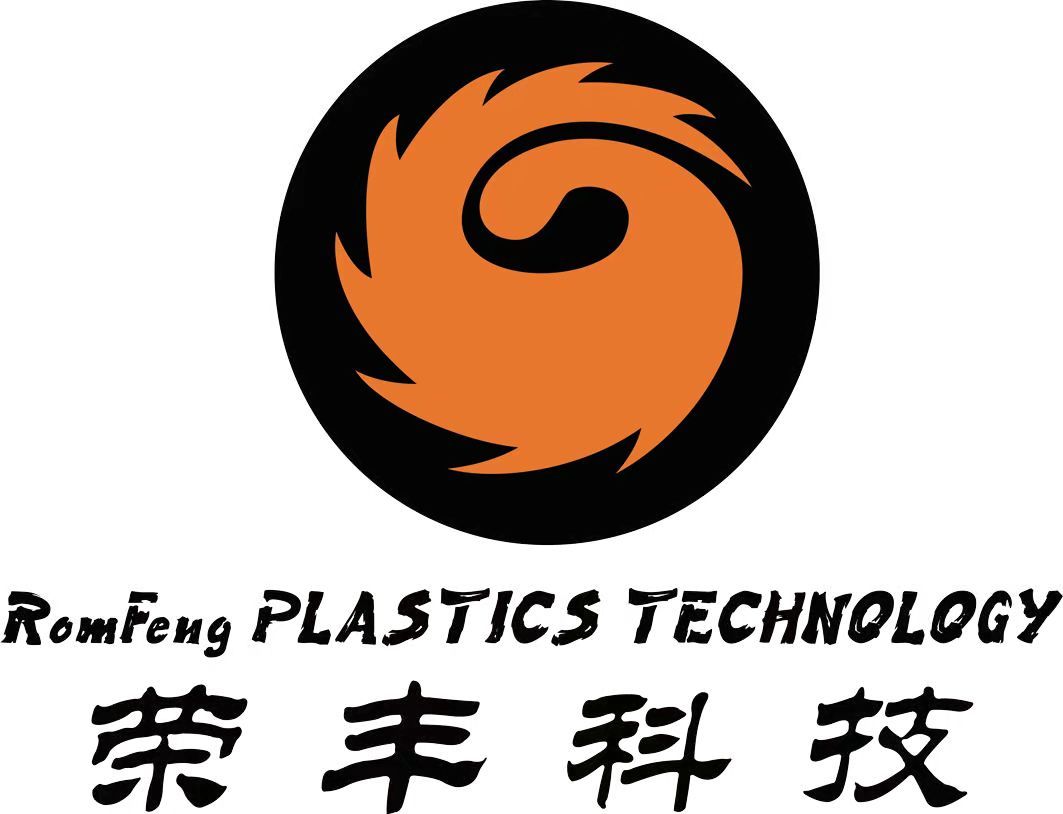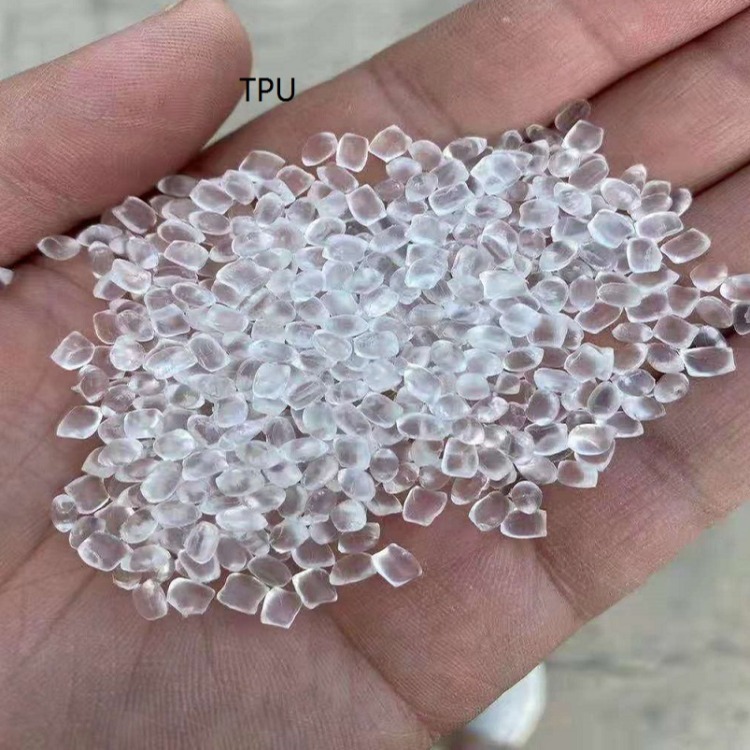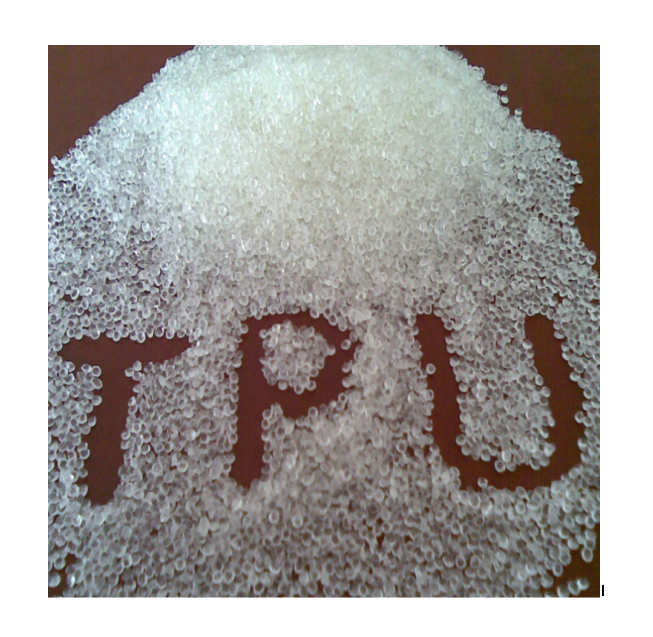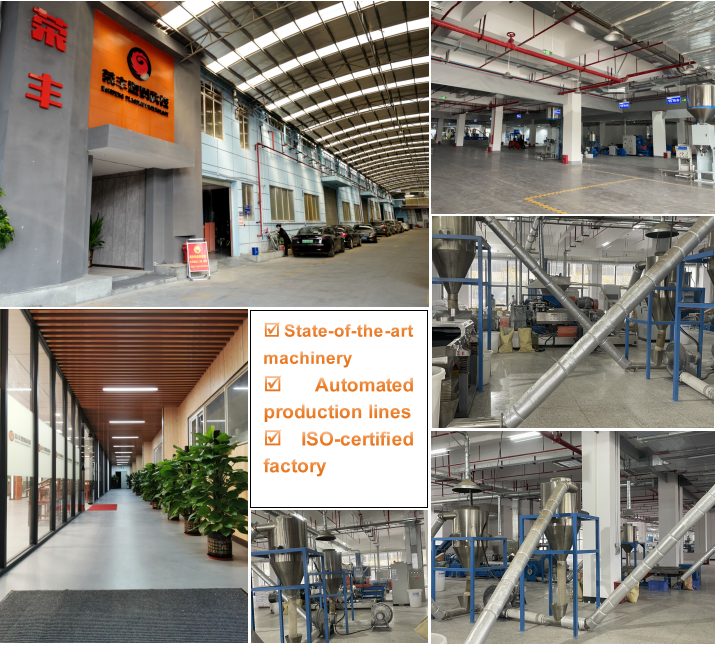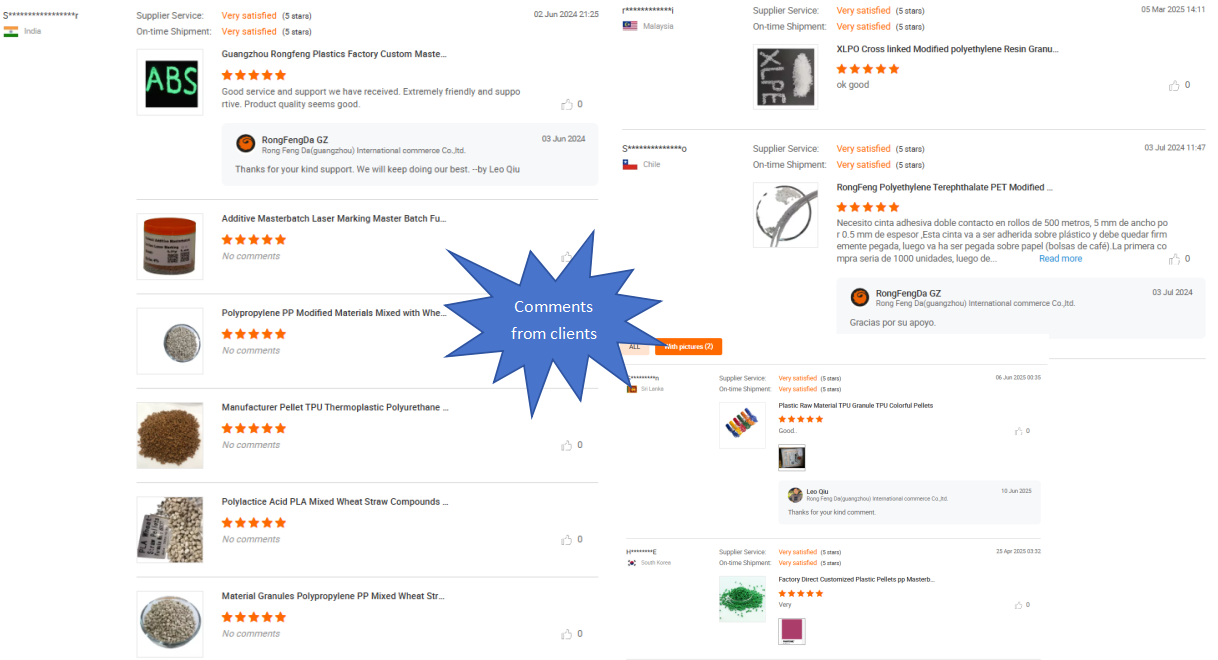PRODUCTS
TPU Raw Materials for 3D Print Filaments
TPU for 3d filaments, 90A 95/98A Shore Hardness
Categorize:
PLA PETG TPU Masterbatch for 3D Print Filaments
Keyword:
**TPU Raw Materials for 3D Print Filaments**
Thermoplastic Polyurethane (TPU) has emerged as a popular choice for 3D printing filaments due to its unique properties. The flexibility, durability, and resistance to wear and tear make TPU an ideal material for various applications, ranging from automotive parts to consumer goods. Understanding the raw materials used in the production of TPU filaments is essential for anyone looking to delve into the world of 3D printing. This article will explore the raw materials involved in TPU filament production, their characteristics, and their significance in the 3D printing industry.
**Understanding TPU**
TPU is a type of thermoplastic elastomer that combines the characteristics of rubber and plastic. It is composed of three main components: a soft segment, a hard segment, and a chain extender. The soft segment typically consists of polyols, while the hard segment is derived from diisocyanates. The chain extenders are often low-molecular-weight diols or diamines. The specific combination of these components influences the mechanical properties of the TPU, such as flexibility, hardness, and tensile strength.
**Raw Materials for TPU Filaments**
1. **Polyols**: The soft segment of TPU is primarily made from polyols. These are long-chain diols that contribute to the elastomeric properties of the material. Commonly used polyols include polyester polyols and polyether polyols. Polyester polyols offer excellent abrasion resistance and mechanical strength, making them suitable for applications requiring high durability. On the other hand, polyether polyols provide better hydrolytic stability and flexibility, making them ideal for softer applications.
2. **Diisocyanates**: The hard segment of TPU is formed from diisocyanates, which are reactive chemicals that play a crucial role in determining the hardness and strength of the final product. The most commonly used diisocyanates in TPU production are methylene diphenyl diisocyanate (MDI) and toluene diisocyanate (TDI). MDI is known for its high thermal stability and mechanical properties, while TDI is favored for its ability to produce softer TPUs.
3. **Chain Extenders**: Chain extenders are low-molecular-weight compounds that link the soft and hard segments of TPU, enhancing its mechanical properties. Common chain extenders include butanediol and hexanediol. These compounds increase the tensile strength and elasticity of the TPU, allowing for greater versatility in applications. The choice of chain extender can significantly affect the final properties of the TPU filament.
4. **Additives**: In addition to the primary raw materials, various additives are often included in TPU formulations to enhance specific properties. These additives may include plasticizers to improve flexibility, colorants for aesthetic purposes, and stabilizers to enhance UV resistance. The careful selection of additives can further tailor the TPU's performance to meet specific requirements for different 3D printing applications.
**Properties of TPU Filaments**
The combination of raw materials used in TPU production leads to a range of desirable properties for 3D print filaments. One of the most notable characteristics is flexibility, which allows TPU filaments to bend and stretch without breaking. This property is particularly useful for applications requiring soft, flexible components, such as gaskets, seals, and wearable devices.
Another significant property of TPU filaments is their durability. TPU is resistant to abrasion, chemicals, and UV light, making it suitable for outdoor applications and parts exposed to harsh environments. Additionally, TPU filaments exhibit excellent impact resistance, allowing them to withstand mechanical stress without deformation.
The processing characteristics of TPU filaments are also noteworthy. TPU can be easily extruded and molded, making it compatible with various 3D printing technologies, including Fused Deposition Modeling (FDM) and Selective Laser Sintering (SLS). The ability to print intricate designs with TPU expands the possibilities for product development and innovation.
**Applications of TPU Filaments**
The versatility of TPU filaments has led to their widespread use in various industries. In the automotive sector, TPU is used for manufacturing flexible components, such as bumpers and seals. The material's resistance to wear and tear ensures a long lifespan for these parts, contributing to vehicle durability.
In the consumer goods sector, TPU filaments are popular for creating custom phone cases, footwear, and sporting goods. The flexibility and aesthetic appeal of TPU allow for unique designs that cater to individual preferences. Additionally, TPU's lightweight nature makes it an attractive option for products where weight reduction is essential.
In the medical field, TPU filaments are utilized for creating prosthetics and medical devices. The biocompatibility of TPU, combined with its flexibility, makes it suitable for applications that require close contact with the human body.
**Conclusion**
TPU raw materials play a crucial role in the production of 3D print filaments, contributing to the unique properties that make TPU a sought-after material in various industries. Understanding the components involved in TPU production, including polyols, diisocyanates, chain extenders, and additives, is essential for anyone looking to explore the capabilities of TPU in 3D printing. As technology continues to evolve, the applications of TPU filaments are likely to expand, paving the way for innovative solutions in manufacturing and design. The future of TPU in 3D printing looks promising, with endless possibilities for customization and functionality.
Certification
We rely on science and technology to create great achievements, and we see real achievements in the details. Every step of the way, my team and friends and I feel solid.
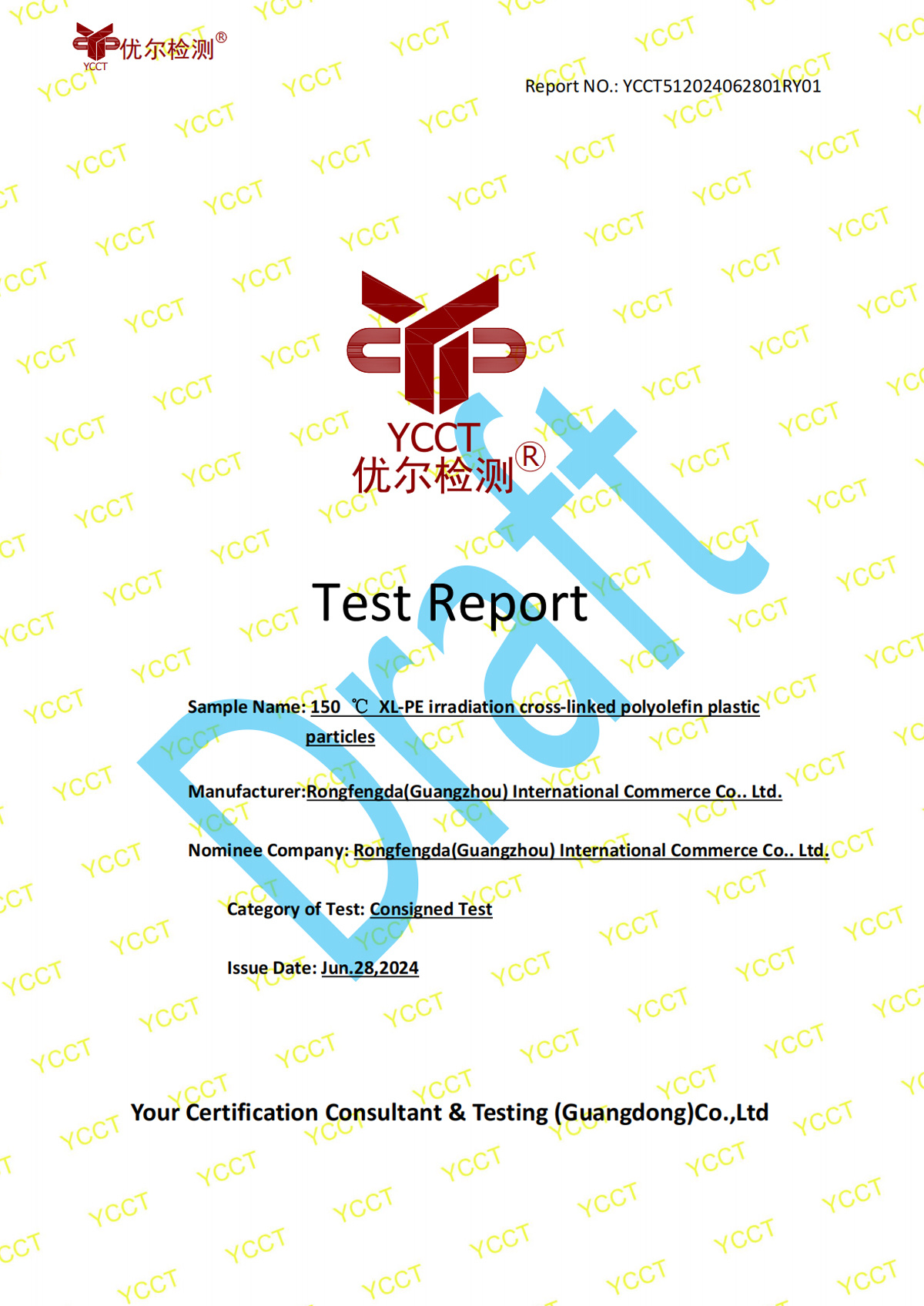

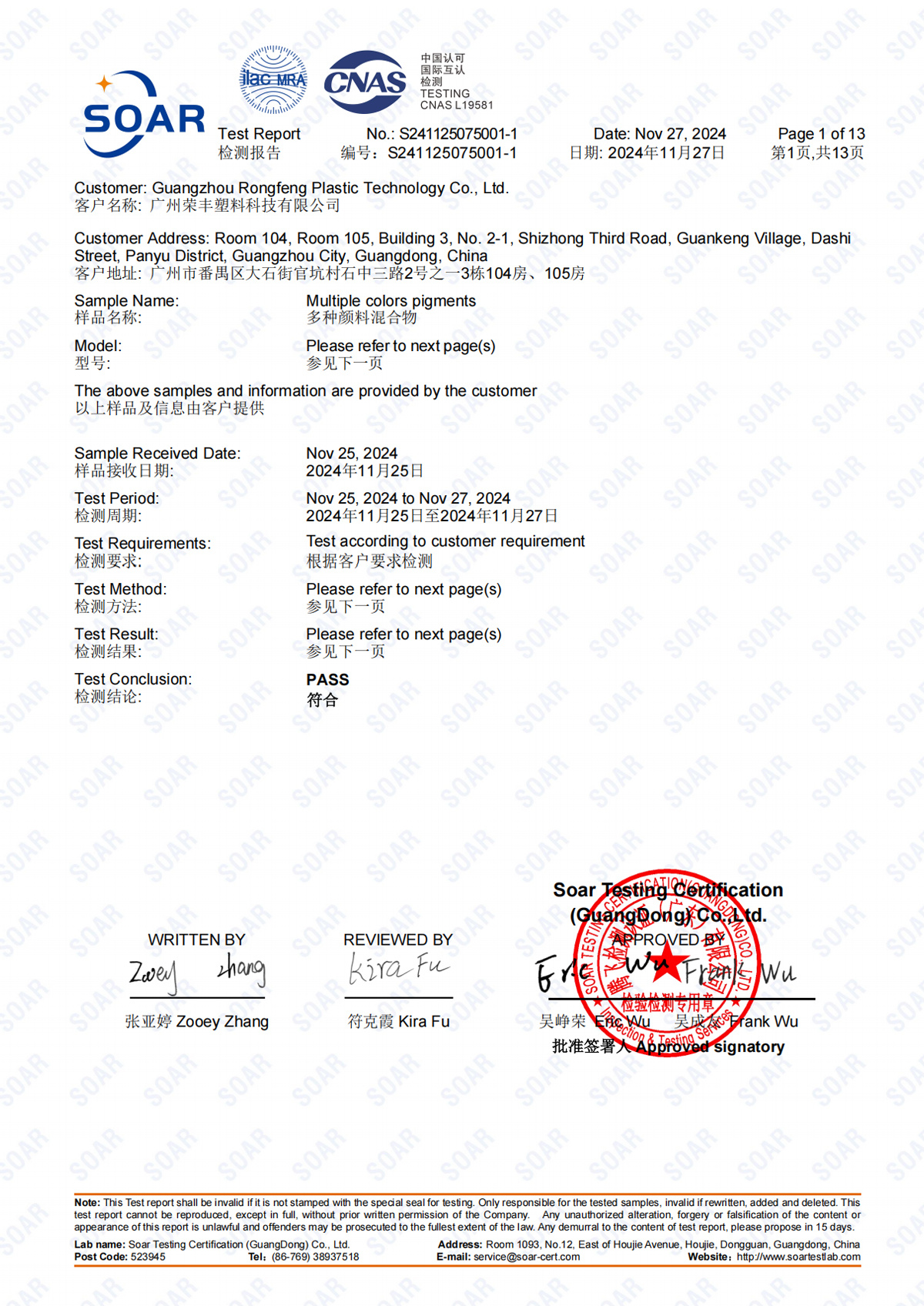
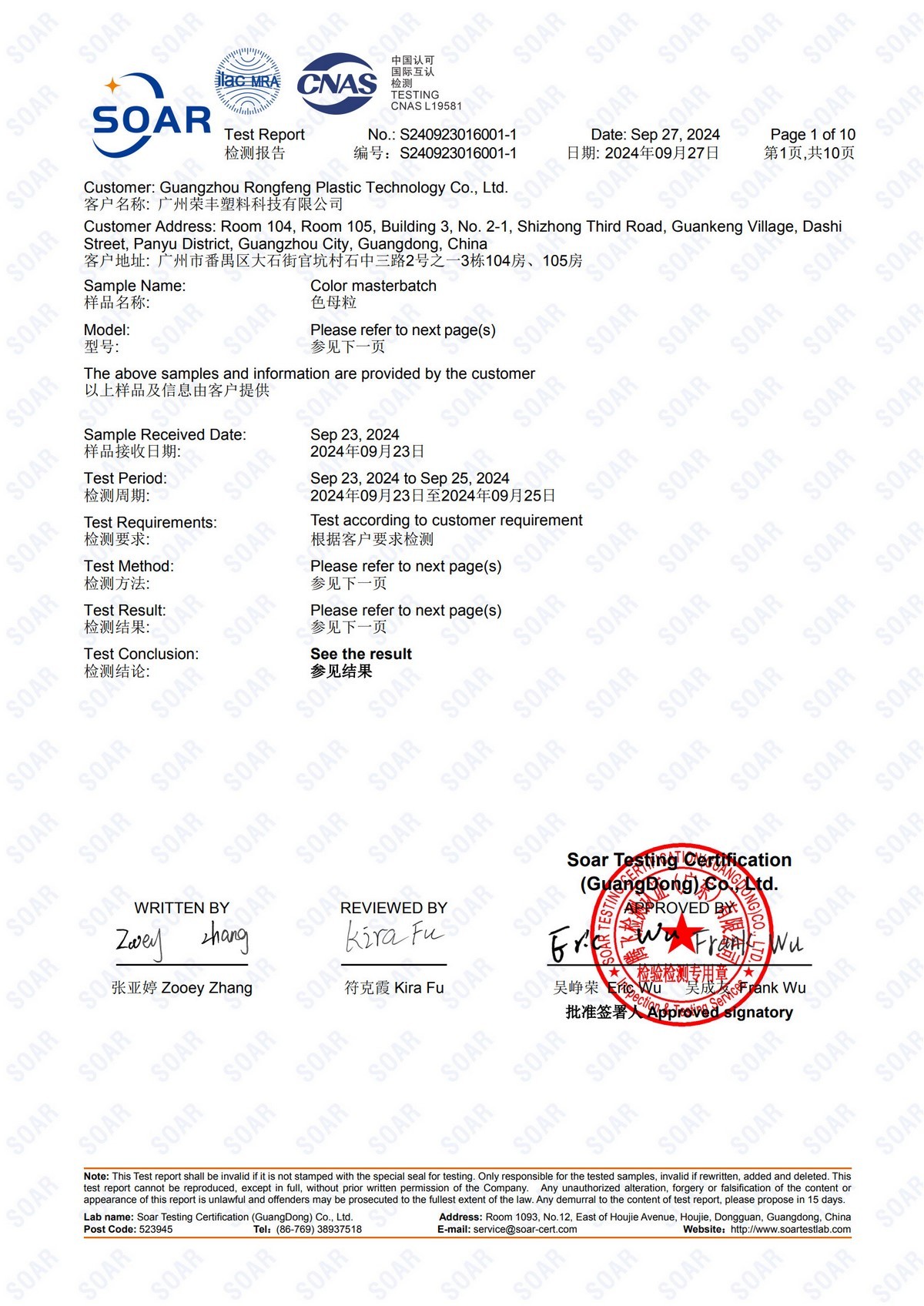
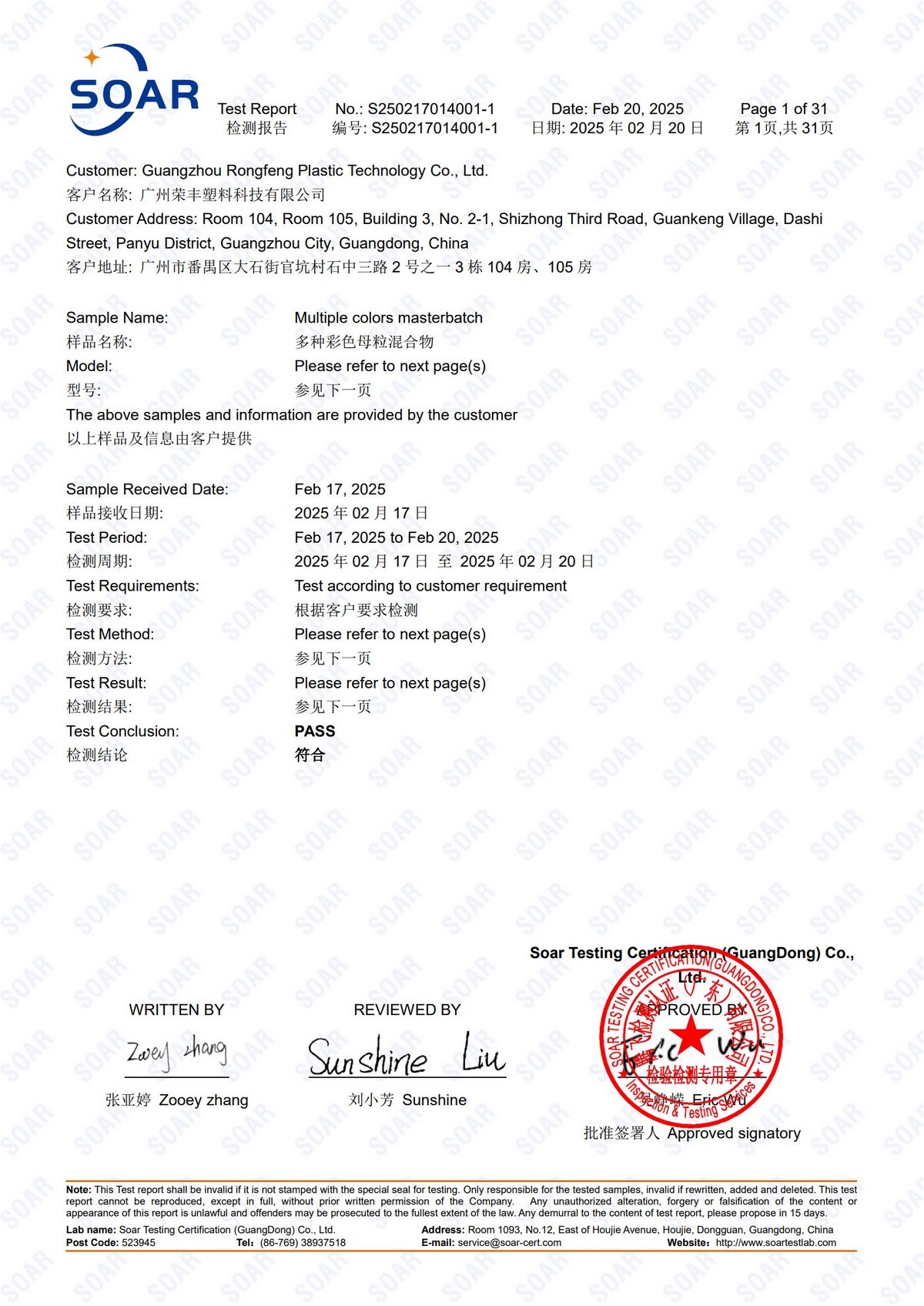
Get in Touch
You can contact us any way that is convenient for you. We are available 24/7 via fax or email. You can also use a quick contact form below or visit our salon personally. We would be happy to answer your questions.
